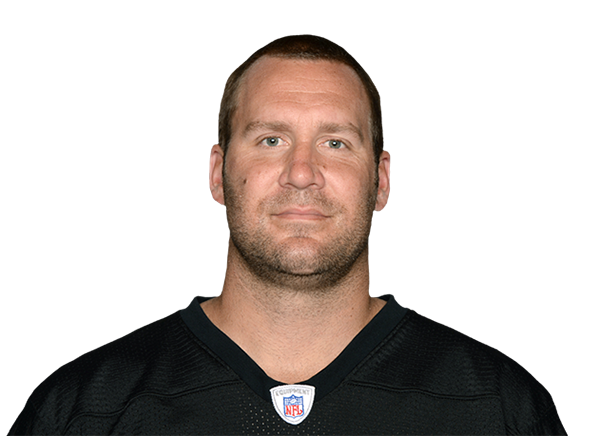The Pittsburgh Steelers spent much of the time between their last playoff victory and now replenishing their roster in preparation for their next chance to make a push for a championship. Last season showed signs that the team was on its way out of that transitional phase after posting a division-winning 11-5 record following back to back .500 seasons.
Still, the Steelers failed to make it out of the divisional round, and have lost their last three postseason contests, dating back to Super Bowl XLV. They followed up that 2010 run with a 12-4 wildcard campaign that saw a first-round exit, and subsequently failed to return to the playoffs the following two years.
So how close might they be to righting the ship and returning to that place that they have been more than any other franchise—that is, holding up the Lombardi Trophy? One way to attempt to measure that would be to compare how this season’s lineup projects against past teams.
For these purposes, it might be helpful to cite both the 2008 and 2010 teams, which are, respectively, the teams that have claimed their most recent Super Bowl championship and their most recent Super Bowl appearance.
Each of those teams were helmed by quarterback Ben Roethlisberger, now entering his 12th season, so at least the man is the same, but he is not the same player that he once was. In fact, statistically, he has made significant strides since then.
One area in which he has lacked since his championship days, however, has seemed to be the ability to pull his team together with the necessary frequency to snatch victory from the jaws of defeat. Roethlisberger began his career on a path to become the greatest come from behind player in history, authoring several such victories during the 2008 season.
Admittedly the 2014 season started out with a game-winning field goal drive at the end of the season opener, but that was only after the defense systematically relinquished a sizable lead and the offense failed to produce in the second half up until that point.
Individually, as a player, however, Roethlisberger’s game has taken major strides in ways that cannot simply be accounted for by improvement from the offensive line and a different offensive coordinator.
In 2008, Roethlisberger started all 16 games, averaging seven yards per pass attempt for 3301 yards. He threw just 17 touchdowns versus 15 interceptions, fumbling a career-high 14 times and losing seven of them. He completed just under 60 percent of his passes and posted a quarterback rating of 80.1, one of just two seasons in which his quarterback rating was below 90.
Roethlisberger began the 2010 season suspended for the first four games. When he returned, he played efficiently, but not particularly dynamically. While he threw for 8.2 yards per pass attempt for 3200 yards, completing nearly 62 percent of his passes, he threw just 17 touchdowns. But he protected the ball, throwing only five interceptions and losing just three of seven fumbles.
Compare those numbers to last season, during which he threw for nearly 5000 yards, matched his own franchise record of 32 touchdown passes, and posted a career-best 67.1 completion percentage. He threw just nine interceptions on a staggering 608 pass attempts, losing five of nine fumbles.
While it can easily be argued that Roethlisberger has assembled around him the most talented group of offensive players around him in his career, it is equally true that he is as talented as a passer as he has ever been. The question that remains is his ability to excel at critical moments, which was, indeed, the difference between championship and heartbreak at the end of the 2008 season.








